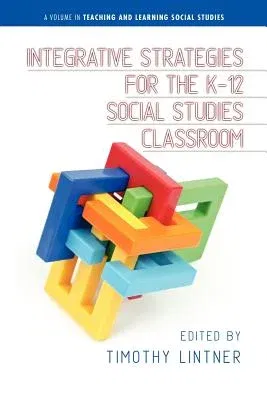While the concept of integration or an interdisciplinary curriculum has
been around for decades, the purposeful practice of integration is a
relatively new educational endeavor. Though classroom teachers often say
they "integrate," there generally seems to be a lack of understanding of
what this thing called integration is (theory) and what it is supposed
to look like in the classroom (practice). Arguably, no other discipline
has felt the pressure to integrate more than social studies.
Marginalized by federal initiatives such as No Child Left Behind and
suffering from a general crisis of credibility, social studies has been
pushed further and further to the proverbial back burner of educational
importance. Yet regardless of perspective or position, social studies
remains ripe for integration. The crux of this book is to provide
educators insights and strategies into how to integrate social studies
with other discipline areas. Calling upon national experts in their
respective fields, each chapter chronicles the broad relationship
between individual content areas and social studies. Multiple examples
of integrative opportunities are included. At the end of each chapter is
a series of grade-specific integrative lesson plans ready for
implementation. This book was purposefully designed as a how-to,
hands-on, ready-reference guide for educators at all stages and all
levels of teaching.


